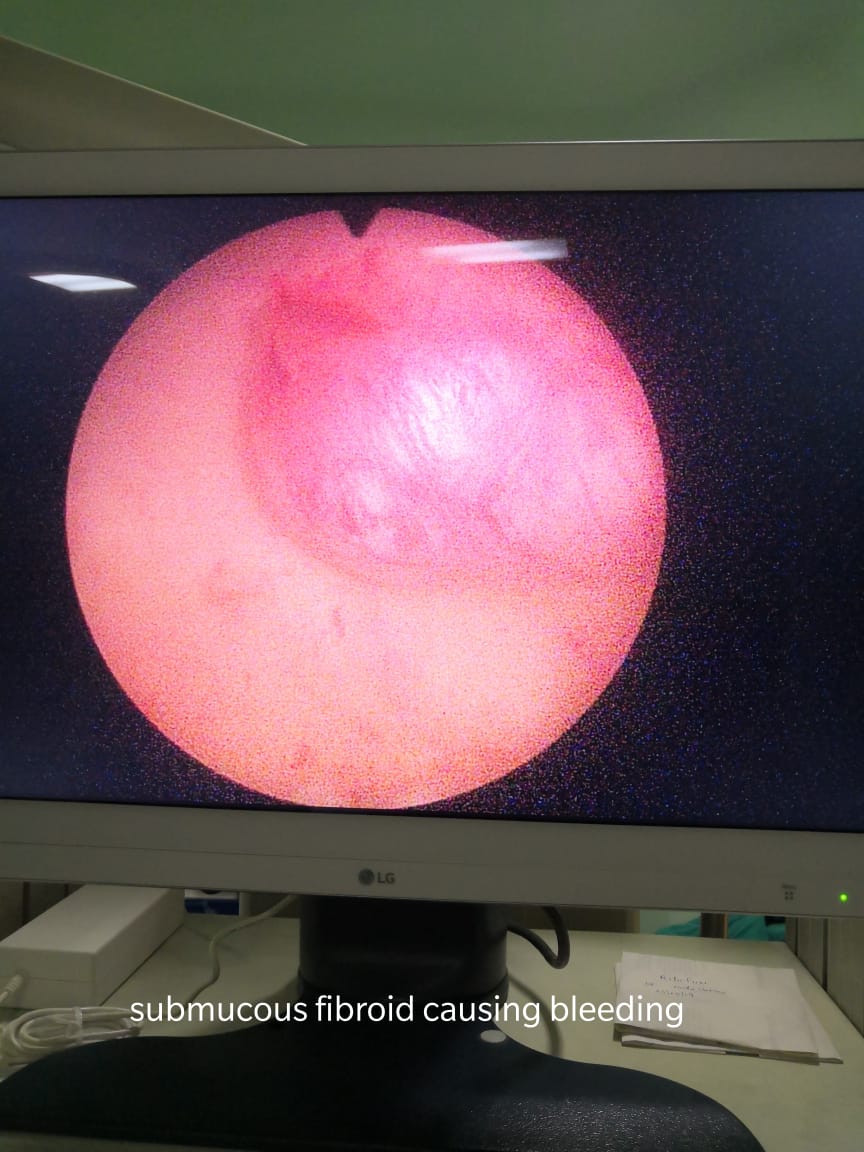What is menorrhagia?
Menorrhagia is a heavy or prolonged menstrual bleeding. Many women have this type of abnormal uterine bleeding. It can be related to a number of conditions including problems with the uterus, hormone problems, or other rare conditions. While heavy bleeding can make it tough to take part in normal daily life at times, there are treatments to help.
What causes menorrhagia?
During your menstrual cycle, if an egg is not fertilized, the uterine lining breaks down, and bleeds. The egg and the uterine lining are then shed during your period.
Hormone problems or conditions that affect the uterus can result in heavy bleeding. Other diseases or bleeding disorders can also cause it.
Hormone problems include:
- Imbalance of estrogen and progesterone or other hormones
Problems with the uterus include:
- Fibroids (non cancerous)
- Cancer
- Pregnancy problems (such as a miscarriage or ectopic pregnancy)
- Use of an intrauterine device (IUD)
Other conditions such as thyroid, kidney or liver disease, cancer or bleeding disorders can also cause heavy bleeding.
What are the symptoms of menorrhagia?
If you have to change your pad or tampon every 1 to 2 hours because it is soaked, or bleed longer than 7 days, see your doctor. Spotting or bleeding between periods is also a sign of a problem.
The symptoms of menorrhagia may look like other conditions or medical problems. Always consult your healthcare provider for a diagnosis.
How is menorrhagia diagnosed?
Your healthcare provider will ask you about your medical history and about your periods. You will also have a physical exam including a pelvic exam. You may be asked to keep track of your periods and how many pads or tampons you use for a few months if you haven’t already done so.
- Blood tests. These check for anemia and test how fast your blood clots.
- Pap test. For this test, cells are collected from the cervix and examined. It’s used to check for cancerous changes, infection, or inflammation.
- Ultrasound. Using sound waves and a computer, your healthcare provider can check for fibroids or other problems inside the uterus.
- Biopsy. Examining a tissue sample from the uterine lining can help your healthcare provider find cancer or other abnormal tissue.
Other tests include:
- Hysteroscopy. Using a viewing instrument inserted through the vagina, your healthcare provider can see the cervix and the inside of the uterus.
- Dilation and curettage (D&C).This procedure involves scraping and then examining the uterine cavity.
Treatment
Treatment of menorrhagia depends on the individual case.
Drug therapy includes:
- Iron supplements to treat anemia
- Tranexamic acid, or Lysteda, taken at the time of bleeding to help reduce blood loss
- Oral contraceptives to regulate the menstrual cycle and decrease bleeding duration and quantity
- Oral progesterone to treat hormonal imbalance and reduce bleeding
- Hormonal IUD to thin the lining of the uterus, reducing bleeding and cramping
In women who have a bleeding disorder, such as von Willebrand’s disease or mild hemophilia, Desmopressin nasal spray, or Stimate can boost the levels of blood-clotting proteins.
Nonsteroidal anti-inflammatories, such as ibuprofen, or Advil, can be used to treat dysmenorrhea, or painful menstrual cramps, and they can help reduce blood loss. However, NSAIDS can also increase the risk of bleeding.
Surgical interventions
A number of surgical procedures are available to treat or relieve the symptoms of menorrhagia.
- Dilation and curettage (D&C) is a surgical procedure for scraping the lining of the uterus
- Uterine artery embolization treats fibroids, a cause of menorrhagia, by blocking arteries that feed them
- Hysteroscopy involves inserting a camera into the uterus to evaluate the lining, assisting in the removal of fibroids, polyps, and the uterine lining.
- Focused ultrasound ablation uses ultrasonic waves to kill fibroid tissue.
- Myomectomy is a surgical intervention to remove uterine fibroids through several small abdominal incisions, an open abdominal incision, or through the vagina.
- Endometrial ablation permanently destroys the lining of the uterus.
- Endometrial resection uses an electrosurgical wire loop to remove the uterine lining.
- Hysterectomy removes the uterus and cervix, and, sometimes, the ovaries.
The choice of intervention will take into account the cause and extent of the condition, the age and health of the patient, and their personal preference and expectations.
Dr.Ruchi Tandon is a Gynecologist practicing in leading hospitals in South Delhi and Greater Kailash.
